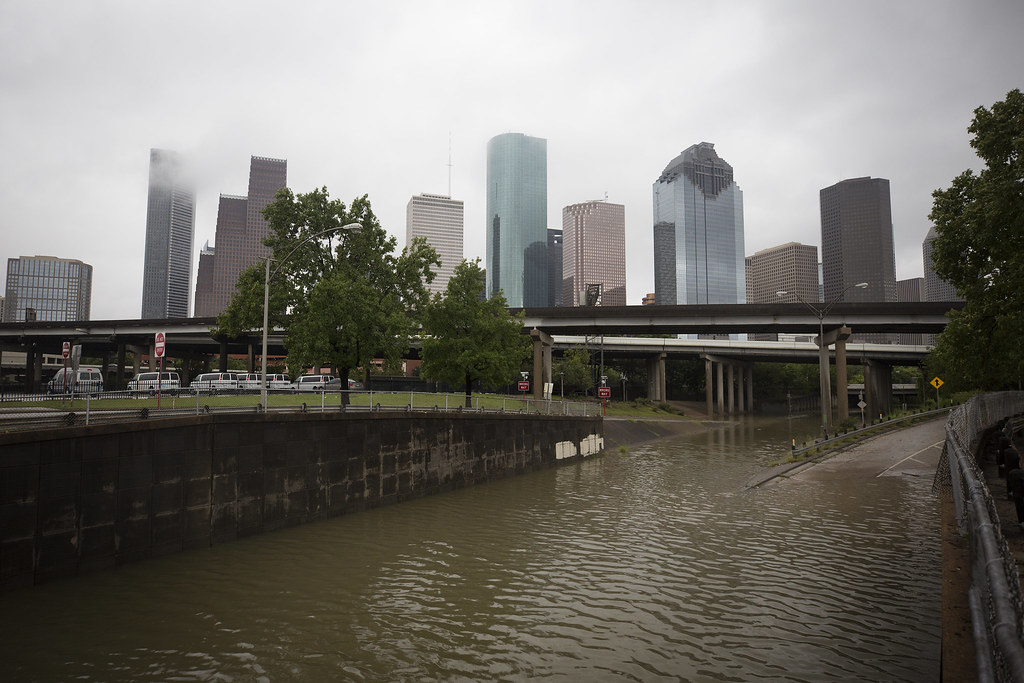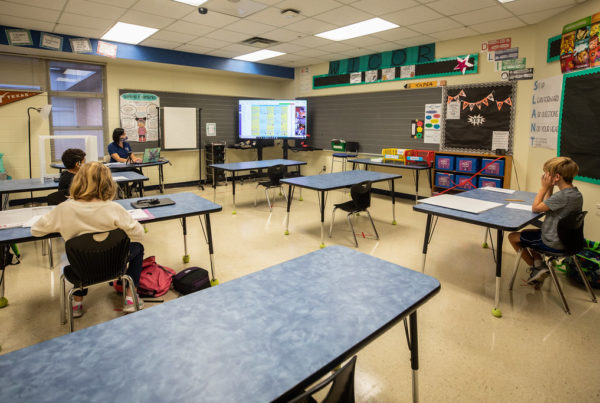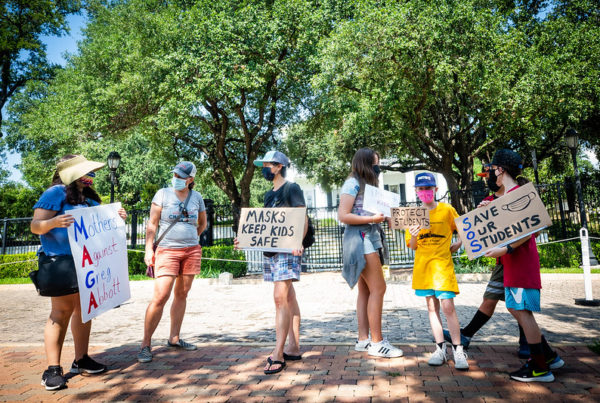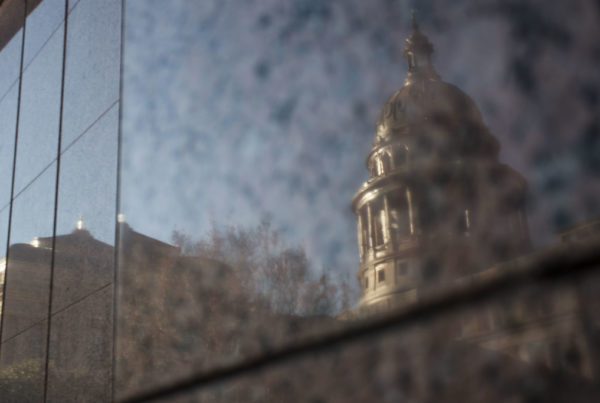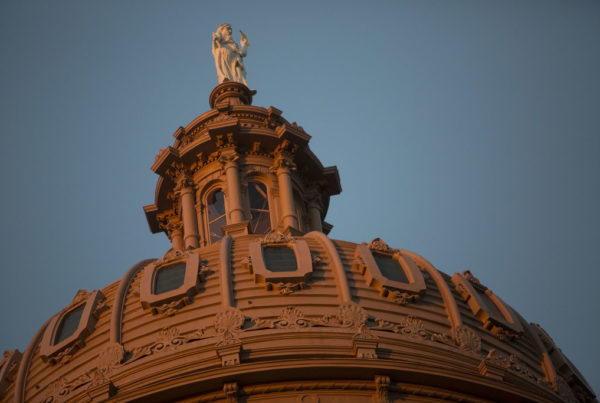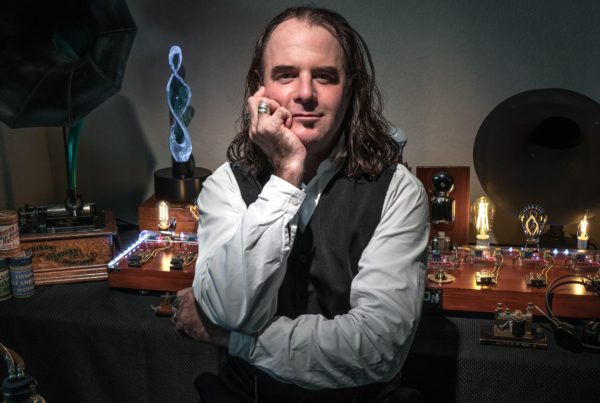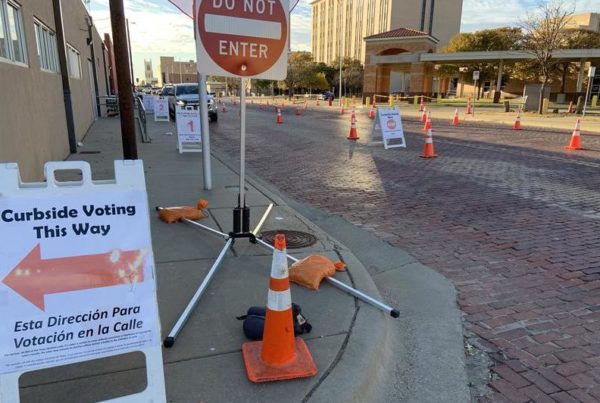Las week, the United Nations released a blockbuster report pointed up the urgent need to address climate change and its irreversible impacts.
The report is the most comprehensive, up-to-date document on the science of climate change. It’s also about 4,000 pages long, making it challenging to summarize.
Texas Standard asked a group of climate scientists about their biggest takeaways from the report, when it comes to Texas.
Andrew Dessler, professor of atmospheric sciences at Texas A&M says Texans will feel the effects of climate change – and different parts of the state will be impacted in different ways.
“I don’t see anybody in Texas as really escaping climate change,” he said. “You can think of Texas as really two different states, with I-35 kind of splitting them. You have west Texas, which is really part of the desert Southwest, and they’re going to face very severe water issues. You have East Texas, which is more Gulf Coast, so their big fears are intense precipitation, sea level rise, things like that.”
These kinds of predictions aren’t necessarily new. But the confidence with which scientists are now making them is. Years of data collection has strengthened science’s ability to map climate trends.
Arsum Pathak is the adaptation and coastal resilience specialist for the National Wildlife Federation.
“I think the biggest takeaway that I had was how conclusive we were with the findings,” Pathak said. “I think a lot of previous reports we are seeing some confidence in research, but this one, it was very clear cut.”
A lot of Pathak’s work focuses on the Gulf Coast, where imminent sea level rise and coastal erosion are major concerns.
“And in fact, the report, it actually projected some of the highest erosion rates in the north-central region, which includes Texas in the Gulf of Mexico,” Pathak said.
Climate change is going to make the Gulf Coast a wetter, more volatile place to live, says Camille Parmesan, an ecologist and climate change biologist affiliated with the University of Texas at Austin.
“I mean I have a lot of family in Houston and I, quite frankly, am very worried about them,” she said.
“The scariest thing to me as a native Texan is the sea level rise and the stronger hurricanes,” she said. “Those are going to hit the Southeast much more than any of the other changes that we’re talking about. They’re talking about a foot to a foot-and-a-half of sea level rise by the end of the century, and that’s with the lowest scenario! That’s if we do a lot! And every inch of sea level rise makes that storm surge of a hurricane ten times worse.”
And those hurricanes will be more frequent and intense as well. Storms like Hurricane Harvey – which at the time looked like a once-in-a-generation storm – may become more normal
“At some point in the future after a big storm really wallops Houston, Houston could be a mere shadow of what it is now, and people just saying, ‘I am not going to move to Houston.’” Dessler said.
Some of this is unavoidable. Even if we somehow stopped all greenhouse gas emissions immediately, some impacts of climate change will affect us anyway. It would take a decade or two for the Earth to stop heating up. But even though some of the effects are locked in, we can still prevent them from getting even worse by limiting harmful emissions.
“I know that these findings are overwhelming,” Pathak said. “But I think it’s important to remind us that it really depends on the paths we make today and the investments we make today.”
It’s not possible to know precisely how severe the changes will be.
“So the temperature’s going up and a lot of warming is locked in, sea level rise is locked in, more intense precipitation is locked in. on the other hand, exactly how much, we still determine,” Pathak said.
“With the increased heat waves, increased droughts, increased floods, increased hurricane strength, higher sea level rise – what the emissions reductions will do is it will keep those increases down to the lower levels, but it will not stop them,” Parmesan said.
In order to do that, these experts say, it’s important that we all make choices in our day-to-day lives that reduce emissions – things like riding a bike instead of driving, installing solar panels on a home, and reusing or repairing products instead of buying new ones. But large-scale change will be driven by big business, as well as state and federal governments, they said. Which is why the most important climate solution is to vote.
“And so to everyone out there, let me just say what we’ve had so far is a small preview of the future. And if you don’t want more of hurricane Harvey, lack of water, heat out west – if you don’t like that, then you need to vote for people who share your concern.” Dessler said.


